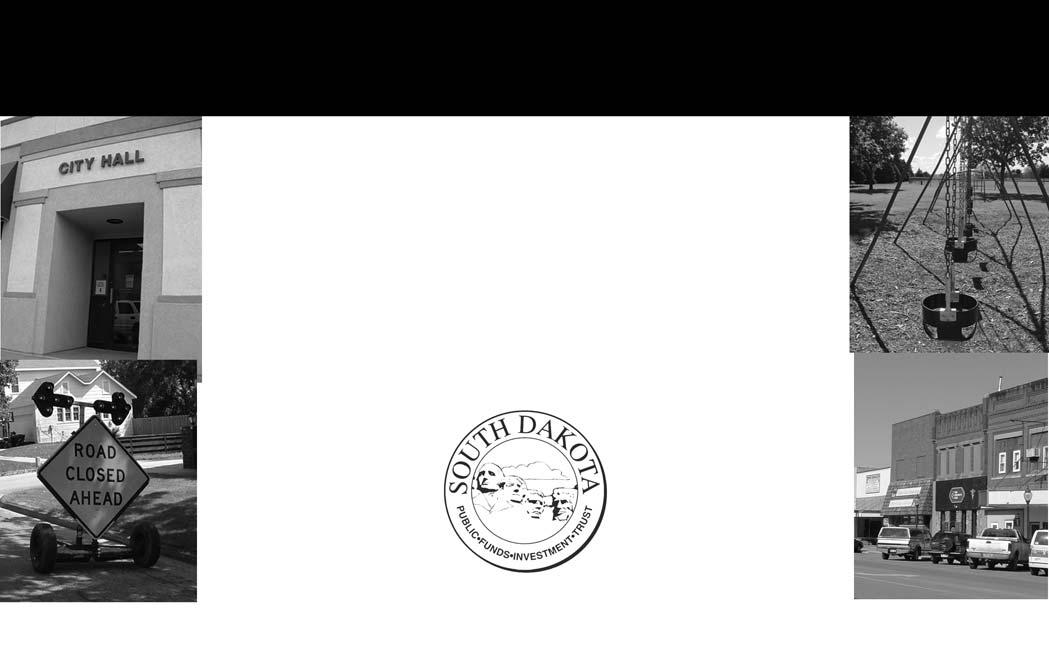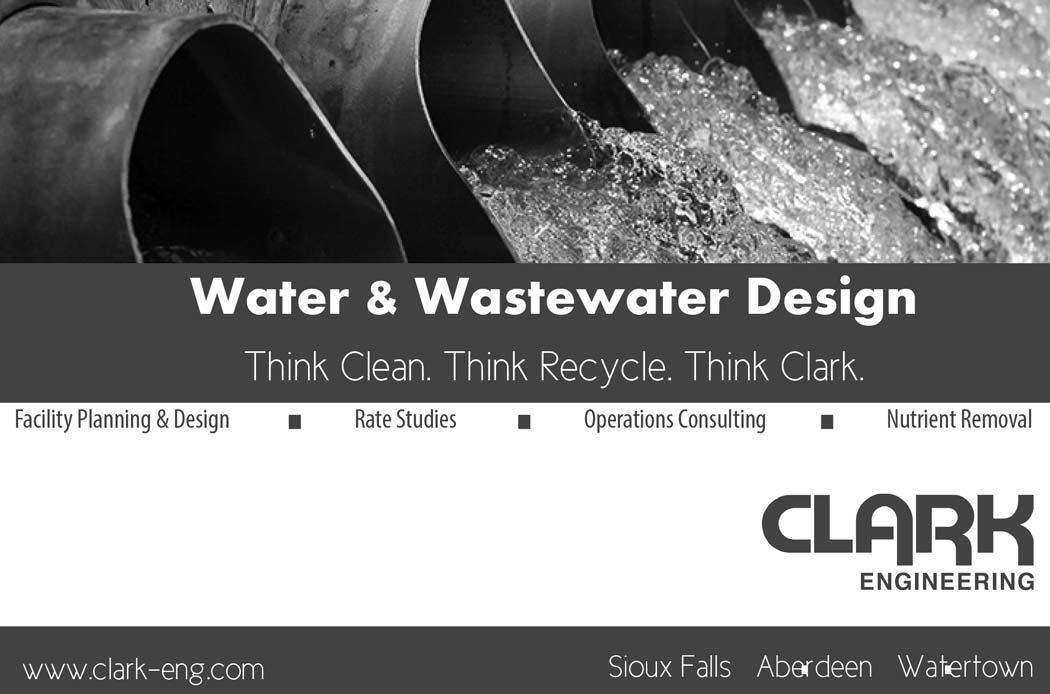
11 minute read
Thriving in a World Without Balance: The Shift from Sustainability to Resiliency
By Matt Thornhill and John Martin
This article is the fifth in a series on the future of Virginia’s cities, towns, and counties, called 324 Places. VML has partnered with the organizations, the Southeastern Institute of Research, Inc., and GenerationsMatter, to bring this program to the VML membership. The goal is to provide leaders in municipalities across Virginia with the information, insights, and tools they need to understand and respond to what’s coming.
Advertisement
For more than a century, cities and metro areas in America have been growing at a faster clip than rural areas. That trends shows no sign of slowing. New data Virginia’s population change from 2010 to 2014 shows that 99% of the total growth occurred in cities.
More people in our cities and metro areas puts pressure on all of the systems designed to maintain a certain equilibrium, especially in unforeseeable times of shocks and stresses. Flat or declining populations in rural towns and counties across Virginia also puts pressure on local officials trying to manage with fixed or declining resources.
For decades, the people who fight against environmental destruction, poverty, food insecurity, energy scarcity, and climate change have used “sustainability” as the rallying cry. Their thinking was that by providing the right mix of incentives, regulations, technology, and societal change, everyone would support the goal of reaching equilibrium with Mother Nature and each other. Together we would live in sustained harmony.
A new line of thinking is emerging among government and community leaders: trying to achieve such balance in an out-of-balance world is futile. Instead, we need to seek ways to better manage disequilibrium. To do that, the new goal should be one of achieving “resilience.”
What is Resilience?
“In truth, this is not so much a new concept as a new way of thinking and working together,” says Christine Morris,
the chief resilience officer for the city of Norfolk (see story on page 18). “It is a way for local officials to think and plan more systematically, to better understand the strengths and weaknesses throughout your community of all of the important elements –people, infrastructure, systems, and leadership.”
A community’s ability to handle unpredictable shocks and stresses typically becomes evident in a crisis, be it an act of nature or an angry mob.
Andrew Zolli, coauthor of Resilience: Why Things Bounce Back, sums it up this way:
“Resilience: how to help vulnerable people, organizations and systems persist, perhaps even thrive, amid unforeseeable disruptions. Where sustainability aims to put the world back into balance, resilience looks for ways to manage in an imbalanced world.”
A key aspect of resilience is that it seeks to build capacity across communities for flexibility, responsiveness and decision making as events unfold. Moreover, it also tries to improve how well people –citizens and public servants –respond when a crisis occurs.
For many communities, resiliency starts appearing when urban planners tackle issues about replacing failing infrastructure. Yes, be economical and follow best practices when it comes to sustainability. But also build in capacity to withstand unforeseeable situations by including redundancy and flexibility.
Case in point: lower Manhattan was rebuilt after 9/11 to be sustainable, not resilient. Every new building met or exceeded the latest “green” standard. Yet when the floodwaters came with Superstorm Sandy, nothing was designed to bounce back from flooding – including the power grid, which was out for days. Resiliency planning would not have built in flood protection, but it would have put in place redundancy in the power grid.
Resiliency isn’t about planning for every contingency, but planning to manage through unusual circumstances in the moment and bouncing back quickly.
Howard Shultz, chair of Starbucks, recently wrote, “How we respond to the unexpected – how resilient we are –matters more than proper planning.” He later adds, “Stop trying to control everything, because it is futile.”
That is the essence of resiliency planning: roll with the waves; don’t try to stop the ocean. To embrace and practice this perspective, keep two of the primary tenets of resilience planning in perspective: look for co-benefits and build a system of systems.


Look for Co-Benefits
Those who are already applying resiliency to their community are discovering that better outcomes happen when those who are engaged look for co-benefits. The question to ask is, “How can my spending in this area also benefit or strengthen another area?” The money could be a capital investment in infrastructure – for example, when there is a need to dig up the roadway to replace water or sewer lines. With the holes dug, can the telecommunications or power lines be moved underground at the same time, reducing the risk of outages when tree limbs fall during a storm?
Resiliency planners will focus on the overall objective rather than the specific project under consideration. Again, another example: rather than one department focusing on which multiband handsets to buy for use during emergencies, try to address the broader issue; what do you need to change or improve to enhance cross-functional communication during an emergency, especially if power goes out for an extended period? Or, think about how an operational decision in one system – social services, let’s say – impacts another system, like disaster recovery.
Let’s say the Red Cross operates shelters during emergencies. Their policy is no pets. Emergency responders evacuating vulnerable residents often find they won’t leave their house without their pet. The resident says, “I’m not leaving without my dog.” Everyone, residents included, needs to step back and look at the bigger picture – in advance of the emergency – and agree together on what will create the desired outcome: more residents evacuated to safety, especially those most at risk.
Thinking long and hard about the co-benefits is essentially the positive side of unintended consequences. This is especially true when two systems bump into each other during a time of stress Think about what happened in Baltimore when law enforcement and city management clashed with the community’s view of social equality and opportunity.
Often policies are put in place by one organization without much consideration beyond their own purview. By thinking about the co-benefits of every decision, departmentsand institutions across a community can all get on the same page.
The best resiliency planning also includes strong community engagement from the beginning. Understanding the specific needs of citizens, neighborhood by neighborhood, is the best way to put resiliency planning into practice.

A System of Systems
A second key aspect of resiliency planning is getting all of the seemingly disparate systems thinking about issues in the same way at the same time. That includes public and private organizations as well as citizens. By collaborating and working together rather than dictating and operating in parallel worlds, cities and communities can create systemwide improvements in how they bounce back from the inevitable curves that come their way.
When Hurricane Katrina devastated New Orleans a decade ago, we observed how not to respond when disaster strikes. Among all the things that went wrong, one sticks in our mind.
Who can forget that image of row after row of empty school buses parked and not being used to evacuate residents of the Ninth Ward? Was it because the city only allowed drivers with a certain class of license to operate the buses? Was it because the school system, which owns the buses, had no relationship or connection with those in emergency preparedness? Resiliency planning might equip New Orleans and other cities to respond more effectively in the future.
Qualities of Resilient Systems
Enhancing the qualities of the individual systems that make up a city will improve the resilience of the city overall. Resilient systems withstand, respond to, and adapt more readily to shocks and stresses, emerging stronger after tough times and living better in good times.
REFLECTIVE – Able to Learn
RESOURCEFUL – Can Easily Repurpose Resources
ROBUST – Limits Spread of Failure
REDUNDANT – Has Backup Capacity
FLEXIBLE – Has Alternative Strategies
INCLUSIVE– Broad Consultation and Communication
INTEGRATED – Systems Work Together
From The Rockefeller Foundation’s www.100ResilientCities.org What is important to keep in mind is that leaders cannot accurately predict the future. They don’t know what’s going to happen, or how things will unfold. They can’t even control when things happen. All they can expect is to be surprised and therefore they should have capacity in place across all of the systems in the community and a willingness to make decisions with the entire area in mind. As one observer put it: be pragmatic and more politically inclusive, but be prepared for the exceptions and respond exceptionally.
Thinking Ahead
Many cities, towns, and counties already take a resiliency approach to planning. The uncertainty of the future continues to make this the right strategy to pursue – and besides that, it simply makes more sense.
Furthermore, it fits the Millennial generation’s orientation toward the collective self. The Millennial generation will be shaping Virginia’s society and culture by 2025. They are hardwired to want to work together, and they see wisdom in the crowd, not in the individual. Resiliency planning – co-benefits and a system of systems – fits their way of thinking about the world. If your community is publicly being resilient, like Norfolk, you will be more appealing and attractive as a place they’ll want to live, work, and pay taxes.
To learn more about resiliency planning, a range of online resources is available. A basic Google search will start you on your way. Even better, there are experts in resiliency who are members of the Virginia Municipal League and would welcome the opportunity to share their lessons learned. Reach out to VML to make connections. The academic community has a head start on investigating resiliency as a planning approach. Virginia Tech has even put on conferences and symposiums on the topic. Search “resilience” and “Virginia Tech” to get some specifics.
About the Authors
John W. Martin is president and CEO of the Southeastern Institute of Research, Inc., a 50-year-old full-service marketing research firm headquartered in Richmond. Matt Thornhill, founder and president of GenerationsMatter, is a leading national authority on Baby Boomers. They have conducted studies, held workshops, or presented for a number of association in Virginia, including VML. Recent consulting engagements include assignments for the cities of Richmond, Norfolk, Lexington, Buena Vista, and Winchester, as well as the counties of Arlington, Henrico, and Rockbridge. National clients include AARP, Google, NASA, the Federal Reserve Bank of Richmond, and Walmart. Visit sirresearch.com or generationsmatter.com for more information.
Reprinted with permission from Virginia Town and City.
Norfolk, Virginia: One of the 100 Resilient Cities in the World
The need for resilience sensibilities is visible from wherever you stand in the city of Norfolk – water is everywhere. While the water, with its natural beauty, active harbor, and recreational access, is among the city’s greatest assets for tourism and quality and life, water is also a primary variable to consider from the resilience perspective. And, that’s precisely what Norfolk is doing. With over 144 miles of shoreline, Norfolk has learned much about water-related resiliency over the years by bouncing back from high seas, over-abundant precipitation and land subsidence issues. The long-term threat of rising seas from climate change will continue to shape the city’s resiliency planning and attitude, especially now that the city is part of an elite group of international cities harnessing the power of intentional resilience planning.
When The Rockefeller Foundation announced a program to incentivize 100 cities across the globe to embrace resilience, Norfolk’s forward-looking mayor, Paul Fraim, and city manager, Marcus Jones, leaped at the chance to be included. Their pitch was compelling and effective. Norfolk was one of the first of 33 cities to be accepted into the program, joining the likes of New York, Rome, and Bangkok as model cities. Christine Morris, one of Norfolk city government’s big-picture thinkers, was appointed as the city’s first CRO –chief resilience officer for the city of Norfolk.
Christine says her focus so far has been to build capacity at the neighborhood level, so that when trouble comes, everyone can withstand it and make the right decisions “in the moment.” But this is not emergency preparedness, or even sustainability, under a new banner. “My job isn’t about tomorrow or next week, but rather about cultivating a long-range ‘connectedness’ perspective,” said Christine.
“My goal is to make sure our systems can handle bad things when they happen, including our social system,” Christine said. Her biggest concern is making sure those who are most vulnerable are supported. “That starts in the neighborhood by understanding the existing support structures in place –the neighbor down the street, the local church, the community center – and linking them to the city or a social services organization, so everyone knows their role and who can be counted on to help in a time of need.”
A major hurricane and a mandatory evacuation of the city would certainly test all the systems Christine is organizing. “Our focus isn’t on how our transportation will work to move people to safety; others have that specific responsibility,” said Christine. “Our concern is those who are unlikely to survive if disruptions happen, and putting support in place to make sure they are not vulnerable.”
Christine believes the biggest shift toward resilience thinking is when each key player – law enforcement, emergency responders, transportation planners, utilities, government leaders, and citizens themselves – realizes they are a system of systems that should focus on outcomes –keeping people safe or returning life to normal when something unexpected happens.
And it will!
Check out Norfolk’s resilience plan online, visit http://www.norfolk.gov/DocumentCenter/View/16292.













